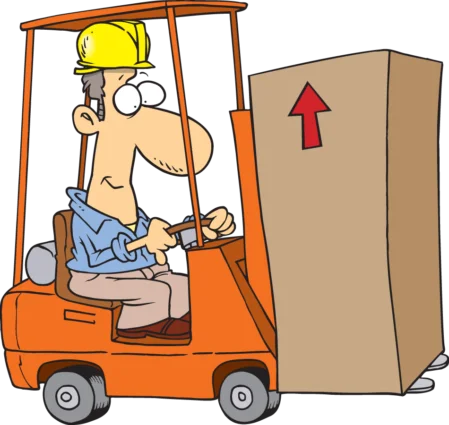Introduction
Introduction

Inventory Introduction
Merchandise Inventory consists of goods purchased for the specific purpose of reselling these goods to others. Vehicles are merchandise inventory for a used car dealer; but, are assets classified as Vehicles & Equipment for other businesses. Merchandise Inventory includes only goods that are owned, on hand, and held for sale to customers.
Wholesale and retail types of businesses are examples of businesses that need to account for and maintain records relating to the purchase and sale of these items. Retailers sell products directly to the consumer while wholesalers warehouse and sell large quantities of products to the retailers who in turn sell it to us (consumer). Their principal business activity is the buying and selling of goods and many of their business transactions relate to these buying and selling activities.
Usually the cost associated with maintaining an adequate merchandise inventory represents a significant investment and often is the largest current asset on the balance sheet. Likewise, the cost of goods sold is normally the largest expense item in the income statement.
A typical retail or wholesale business buys inventory to resell and either pays at the time of purchase or better yet is granted credit terms by a supplier(s) and doesn't have to pay for 30 days or whatever terms were agreed upon. Unfortunately, if you don't have it you can't sell it; however, it takes time to sell your inventory and convert the goods into a sale and ultimately back into cash.
So, not only are good records needed but also good inventory management procedures (rules) to aid your business in having enough inventory but not too much. Think of your inventory as an investment that gobbles up some of your cash that won't be available to pay other obligations until the inventory is sold and converted back into cash.
Due to the fact that merchandise inventory is often one of your largest assets, it is imperative that you set up a good record keeping system for monitoring and maintaining this asset.
How do we value our inventory ? Normally cost modified by a special rule is what our ending inventory is valued at. Our cost should not only include the direct cost of the product but theoretically should include all of the applicable expenditures and charges directly or indirectly incurred in bringing inventories to their existing condition and location. Additional expenditures that should be included in the cost of our inventory include transportation or freight-in costs and purchasing, storage, and handling expenditures.
In practice, due to the difficulty and the cost involved in trying to assign purchasing, handling, and storage cost to individual items these expenditures are not normally allocated and assigned to our individual products. Transportation (freight-in) costs should be allocated and assigned to products. Many small business due to the hassle of allocating transportation cost to products even exclude transportation costs when not material.
Are there other types of inventories ? Yes, but this tutorial is limited to the discussion of Merchandise Inventory.
I know you're curious so the other types of inventories are used with businesses that manufacture products or provide custom products to other businesses and consumers. This area of accounting is called Cost Accounting and just so you know, the other inventories used are Raw Materials, Work-In-Process, and Finished Goods.
What are some special journals and records usually used to keep up with the buying and
selling transactions ?
- Sales Journal
- Sales Returns and Allowances Journal
- Accounts Receivable Subsidiary Ledger
- Cash Receipts Journal
- Purchases Journal
- Purchase Returns and Allowances Journal
- Accounts Payable Subsidiary Ledger
- Cash Disbursements Journal
- General Journal
- Inventory Records and Worksheets
Periodic System
Count and Costing Sheets
Detailed Product Purchase Records (optional but strongly recommended by me)Perpetual
Merchandise Inventory Control Account
Subsidiary Ledger (stock records)
Count and Costing Sheets
Cost of Goods Sold Journal (Optional)
Since Special Journals were discussed in my tutorial So,you want to learn Bookkeeping! - Special Journals, only inventory related special journals and records are covered in this tutorial. Although not absolutely necessary, if you are not familiar with these journals or need a quick refresher, I recommend that you take or review Bean Counter's Special Journals Tutorial.

What's Next ?
Introduction Video
